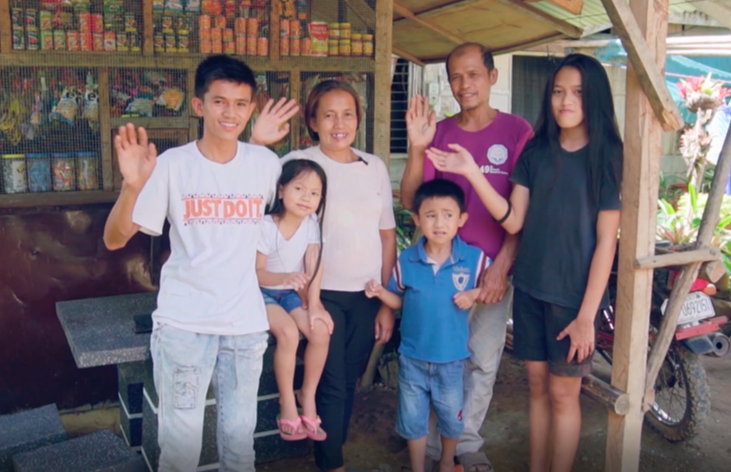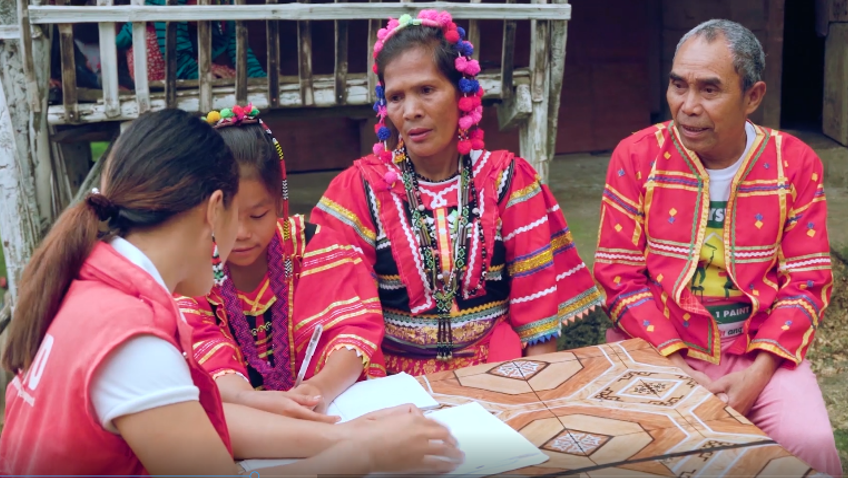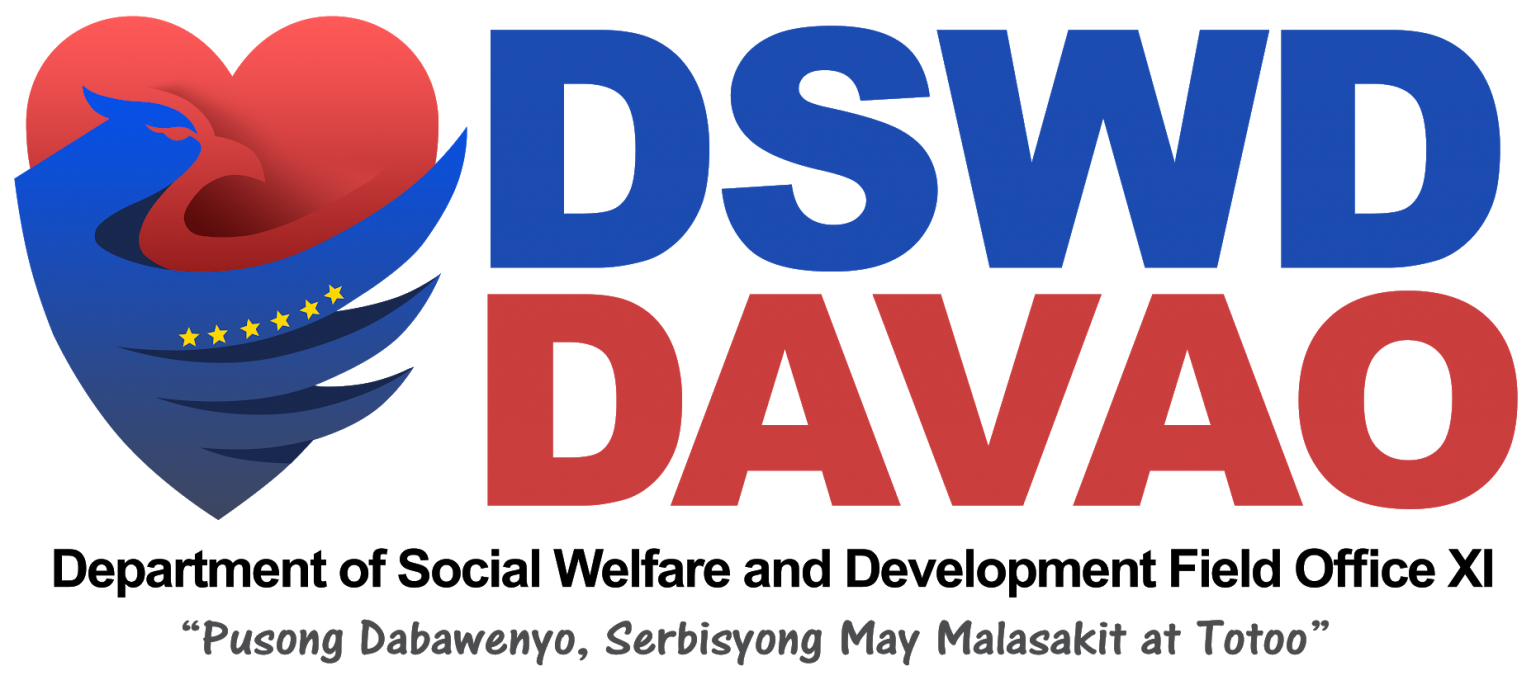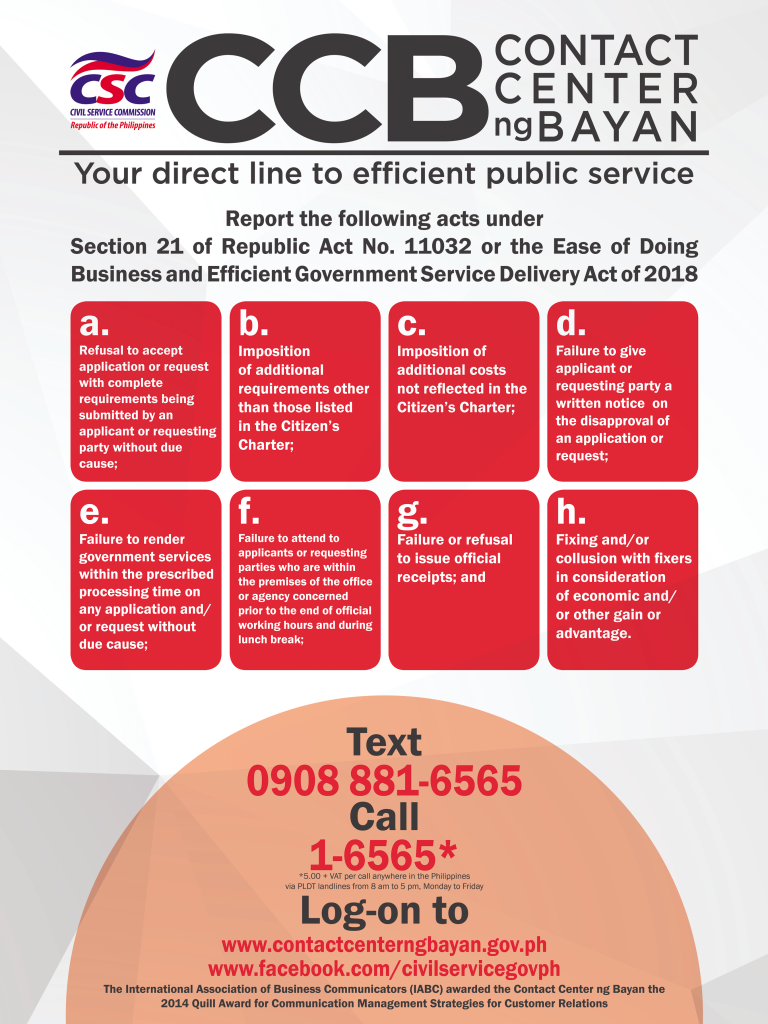Pantawid Pamilyang Pilipino
Program
 The Pantawid Pamilyang Pilipino
Program (4Ps) is a human development measure of the national government that
provides conditional cash grants to the poorest of the poor, to improve the
health, nutrition, and the education of children aged 0-18. It is patterned
after the conditional cash transfer (CCT) schemes in Latin American and African
countries, which have lifted millions of people around the world from poverty.
On April 17, 2019, President Rodrigo R. Duterte
signed the Republic Act No. 11310 or An Act
Institutionalizing the Pantawid Pamilyang
Pilipino Program, making it the national poverty reduction strategy of the
government.
The Pantawid Pamilyang Pilipino
Program (4Ps) is a human development measure of the national government that
provides conditional cash grants to the poorest of the poor, to improve the
health, nutrition, and the education of children aged 0-18. It is patterned
after the conditional cash transfer (CCT) schemes in Latin American and African
countries, which have lifted millions of people around the world from poverty.
On April 17, 2019, President Rodrigo R. Duterte
signed the Republic Act No. 11310 or An Act
Institutionalizing the Pantawid Pamilyang
Pilipino Program, making it the national poverty reduction strategy of the
government.
OBJECTIVES
The 4Ps has dual objectives as the flagship
poverty alleviation program of the Aquino administration:
- social
assistance, giving monetary support to extremely poor families to
respond to their immediate needs; and
- social
development, breaking the intergenerational poverty cycle by
investing in the health and education of poor children through programs
such as:
- health check-ups for pregnant women and children aged 0
to 5;
- deworming of schoolchildren aged 6 to 14;
- enrollment of children in daycare, elementary, and
secondary schools; and
- family
development sessions.
The 4Ps
also helps the Philippine government fulfill its commitment to the Millennium
Development Goals (MDGs)—specifically in eradicating extreme poverty and
hunger, in achieving universal primary education, in promoting gender equality,
in reducing child mortality, and in improving maternal health care.
COVERAGE
 The 4Ps
operates in all the 17 regions in the Philippines, covering 79 provinces, 143
cities, and 1,484 municipalities. Beneficiaries are selected through the
National Household Targeting System for Poverty Reduction (NHTS-PR), which
identifies who and where the poor are in the country.
The 4Ps
operates in all the 17 regions in the Philippines, covering 79 provinces, 143
cities, and 1,484 municipalities. Beneficiaries are selected through the
National Household Targeting System for Poverty Reduction (NHTS-PR), which
identifies who and where the poor are in the country.
In general, the following criteria must be
satisfied to become eligible for the program:
- Residents of the poorest
municipalities, based on 2003 Small Area Estimates (SAE) of the National
Statistical Coordination Board (NSCB)
- Households whose economic condition is
equal to or below the provincial poverty threshold
- Households that have children 0-18
years old and/or have a pregnant woman at the time of assessment
- Households that agree to meet conditions specified in
the program






